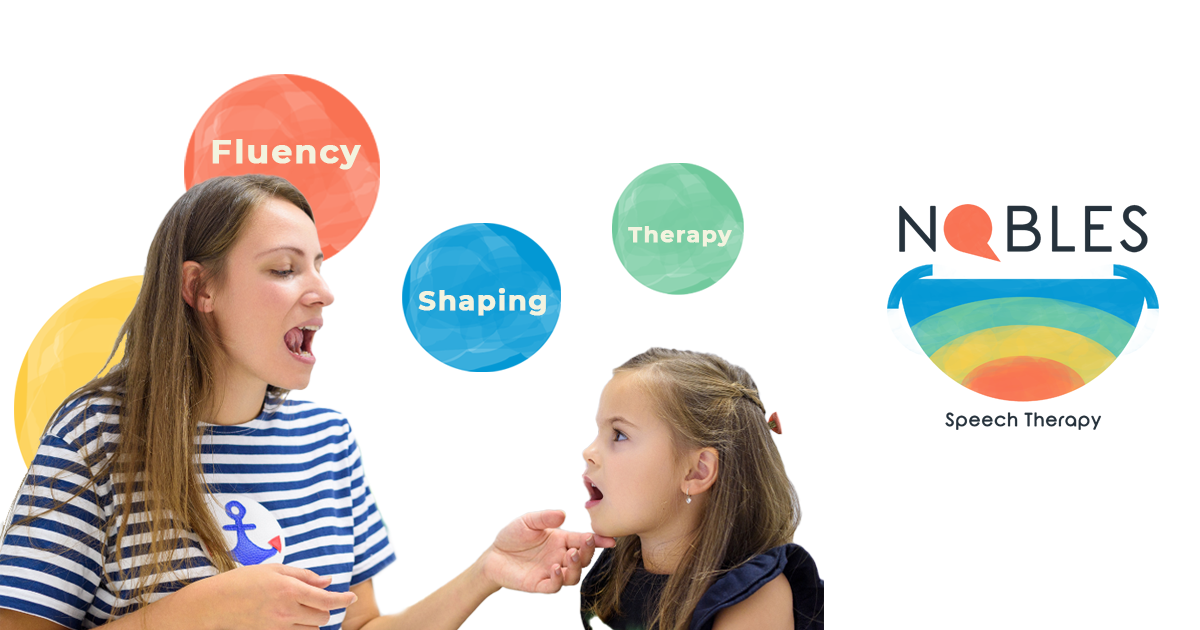Here’s how to recognize the signs and know when to seek professional help—because early support can make all the difference.
Share this page:

When Should You Seek Help for a Child Who Stutters? Signs to Watch For
If your child repeats sounds or struggles to get words out, it’s natural to feel concerned. You might wonder if this is just a normal part of learning to talk or something that needs more attention. The truth is, that many kids go through phases of stuttering, especially during
early language development. But in some cases, it’s more than just a passing phase.
Knowing when to seek
professional support for stuttering can make all the difference. This guide will help you spot the signs and understand your options so you can support your child with confidence.

What Is Stuttering?
Stuttering is a speech disorder that interrupts the natural flow of speech. It can show up as repeated sounds or syllables, stretched-out sounds, or getting stuck completely, where no sound comes out at all.
Some disfluencies are a normal part of development. Young kids often repeat themselves or pause awkwardly while they’re trying to figure out what to say. But if those disruptions happen often, cause frustration, or don’t improve over time, they could be signs of persistent stuttering in children.
That’s when it’s time to consider reaching out for help.
Early Signs to Watch For
Noticing patterns in your child’s speech can help you decide whether to wait or take the next step. Keep an ear out for these common signs:
Repetition of Sounds, Syllables, or Words
You might hear your child say “b-b-b-ball” or “I-I-I want that.” While occasional repetition is normal, frequent or escalating patterns are worth noting.
Prolonged Sounds
Sounds that stretch longer than expected—like “sssssnake” or “mmmmmilk” can indicate difficulty with speech timing or coordination.
Physical Tension or Facial Strain
Look at your child’s face while they’re speaking.
Do you notice tightness in their lips, jaw, or neck?
Do they tense up or push hard to get a word out? These physical signs are important clues.
Avoiding Speaking Situations
If your child starts avoiding certain words or pulls back from conversations, it may be because speaking has become stressful or frustrating.
When to Seek Help
It’s not always easy to know when to move from “wait and see” to “let’s get support.”
Here are some signs it’s time to talk with a professional:
- Stuttering lasts longer than 6 months
- If the issue doesn’t improve with time, it’s smart to get an evaluation.
- The stutter gets more severe
- If it’s becoming more frequent, noticeable, or frustrating for your child, early intervention can help.
- Your child shows emotional distress or avoids speaking
- Tears, tantrums, or silence in social situations are red flags that communication is becoming a source of anxiety.
- There’s a family history of stuttering.
If stuttering runs in your family, your child might be at higher risk for persistent speech issues.
The earlier you get support, the more progress your child can make before the frustration builds.
What Happens in Stuttering Therapy?
When you reach out for help, a speech therapist will take a close look at your child’s communication skills. They’ll assess speech patterns, muscle coordination, and how your child feels about talking. From there, they’ll create a personalized plan.
There’s no one-size-fits-all when it comes to stuttering speech therapy. Some kids benefit from fluency shaping, where they learn smoother speech techniques from the ground up. Others respond better to stuttering modification, which focuses on reducing tension and building comfort with speech.
These two approaches, fluency shaping vs. stuttering modification, are often blended to match what works best for each child. A therapist may also adjust techniques over time based on progress and confidence.

Supporting Your Child at Home
While therapy helps build skills, your support at home is just as powerful. The way you listen, respond, and encourage makes a lasting impact.
Here’s how you can help:

Speak slowly and calmly
Model the kind of speech you want to hear; unrushed, relaxed, and gentle.

Be patient
Let your child finish their thoughts without jumping in or correcting them.

Focus on the message, not the stutter
React to what they’re saying, not how they’re saying it. That helps reduce pressure.

Create a low-pressure environment
Keep conversations fun and stress-free. Don’t make speaking feel like a test.
It’s important to remember that your support builds confidence, and confidence often leads to better communication.

Early Support Can Change Everything
If you’re asking yourself whether it’s time to seek help, you’re already taking the right step. Trust your instincts. When speech becomes a struggle, professional guidance can make a world of difference.
Early intervention gives your child the tools to speak more clearly and feel more confident. And that confidence? It changes how they interact with the world and how they see themselves.
Explore how we support children and families through compassionate, customized therapy. You don’t have to wait and worry about this issue; you can take action today.
You May Also Be Interested
Share this page:





